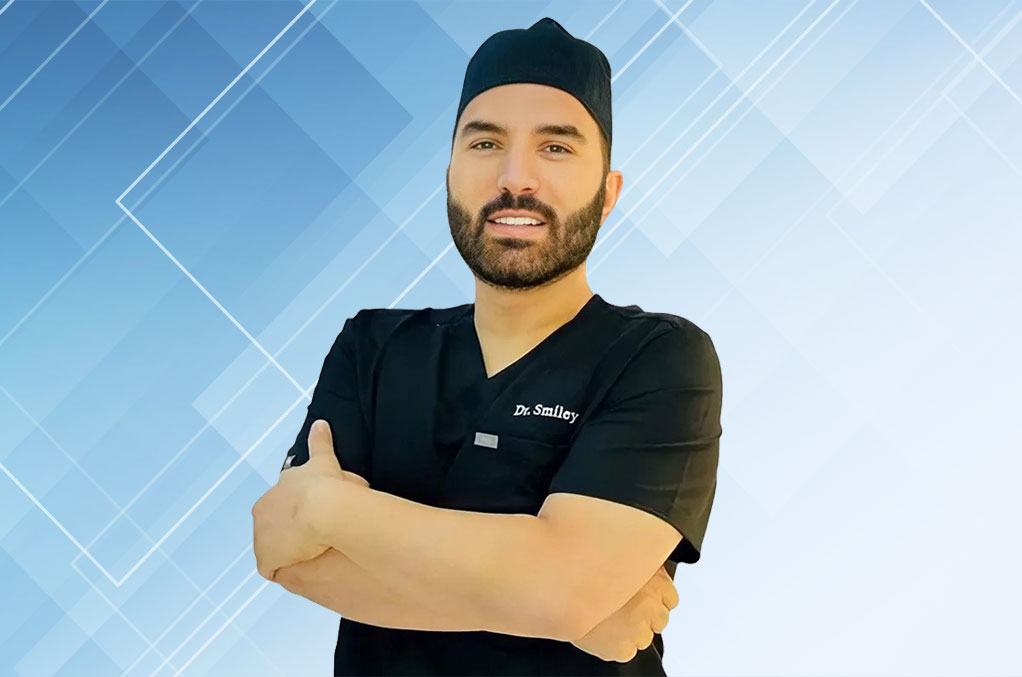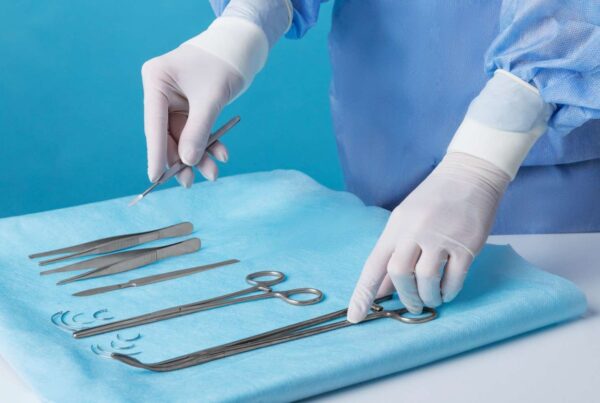Gynecomastia is a condition characterized by enlarged breast tissue in men. 70% of men in the age group of 50–70 can develop this problem, although it can affect men of all ages. It is often caused by hormonal imbalances, underlying health conditions, or the use of certain medications. Men who are most suitable for gynecomastia surgery are those who are not overweight, have firm, elastic skin that will reshape the body’s new contours, and are in good physical health.
How is Gynecomastia Conducted?
How the surgery is conducted varies, depending on a variety of factors, such as the elasticity of the skin, the amount of breast tissue that needs to be removed, and the overall health condition of the patient. Gynecomastia surgery or male breast reduction surgery can be of different types, which primarily include:
Liposuction
This procedure involves the removal of breast fat but not the breast gland tissue itself.
Excision
This technique is used to remove glandular breast tissue or excess skin. It can help correct more severe cases of gynecomastia.
Combination surgery
This is a combination of liposuction and excision and it is often necessary for many patients.
Top Things Men Should Know about Gynecomastia Surgery
Before undergoing gynecomastia surgery, men should be aware of the following:
- A proper physical examination of the breasts is necessary to confirm gynecomastia. It can also help rule out the risks for more severe conditions, such as male breast cancer.
- Certain medications that increase the risks of bleeding should be stopped.
- Healing and post-surgical recovery can be accelerated with better nutrition and cessation of smoking
- The use of drains in the post-surgical phase can help reduce the risks of fluid collection.
- The use of icing and compression vests is widespread and can help control pain and bruising as well as reduce swelling
How Much Time Do Men Need for Gynecomastia Recovery?
Recovery time varies depending on which type of surgery patients opt for. Those who only need liposuction can usually resume normal activities within a week. However, those who need to undergo surgical removal of excess breast tissue may need 2-4 weeks to recuperate.
Strenuous gym workouts can typically be resumed after around 30 days if an expert surgeon performs the operation. Moderate workouts are allowed after 15 days from the time of surgery.
What are the Possible Complications of Gynecomastia?
Gynecomastia surgery can include many possible complications, such as:
- Bleeding
- Bruising
- Loss of nipple skin
- Inverted nipples
- Fluid collections
- Visible scarring
- Contour irregularities
- Numbness of the nipples
- Asymmetries
- Loose breast skin
It is important to note that such complications are usually mild in nature and tend to go away on their own. Regular post-operative appointments help monitor the healing process and are crucial. These help address concerns, if any, and can ensure that the final results are in line with expectations.
How to Prepare for the Gynecomastia Surgery?
Men need to follow the guidelines from their surgeon on medications to avoid, the diet they need to adhere to, and all the necessary instructions on lifestyle modifications. It is crucial to get medical clearance from a primary care physician prior to the surgery. This is particularly true for males suffering from pre-existing medical conditions.
Bottom Line
Gynecomastia surgery can significantly improve the quality of life for men suffering from this condition. However, it is essential to undergo the process only under a qualified plastic surgeon from an esteemed medical facility, to increase the chances of a successful outcome. Remember, the goal is not just to enhance physical appearance but also to maintain overall health and well-being.
Get in touch with Dr. Smiley, the top plastic surgeon in Beverly Hills and Upland, and an expert in performing gynecomastia surgery. Serving patients from Orange County, Inland Empire, and the greater Los Angeles area, feel free to schedule a consultation with our skilled surgeon today!

Have additional questions?
We’re here to help. Let’s talk.




